Paint Roller Size Selector
Recommended Roller Size:
Select the surface area and texture to get a recommended roller size.
Looking for the perfect fit? Check Out These Best-Selling Paint Roller.
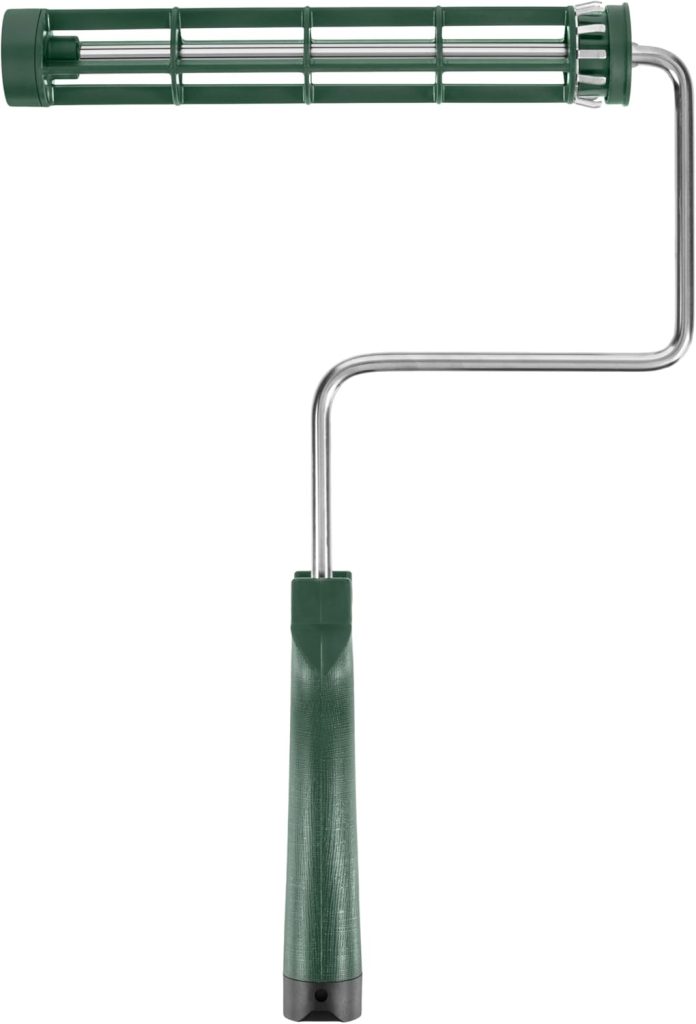
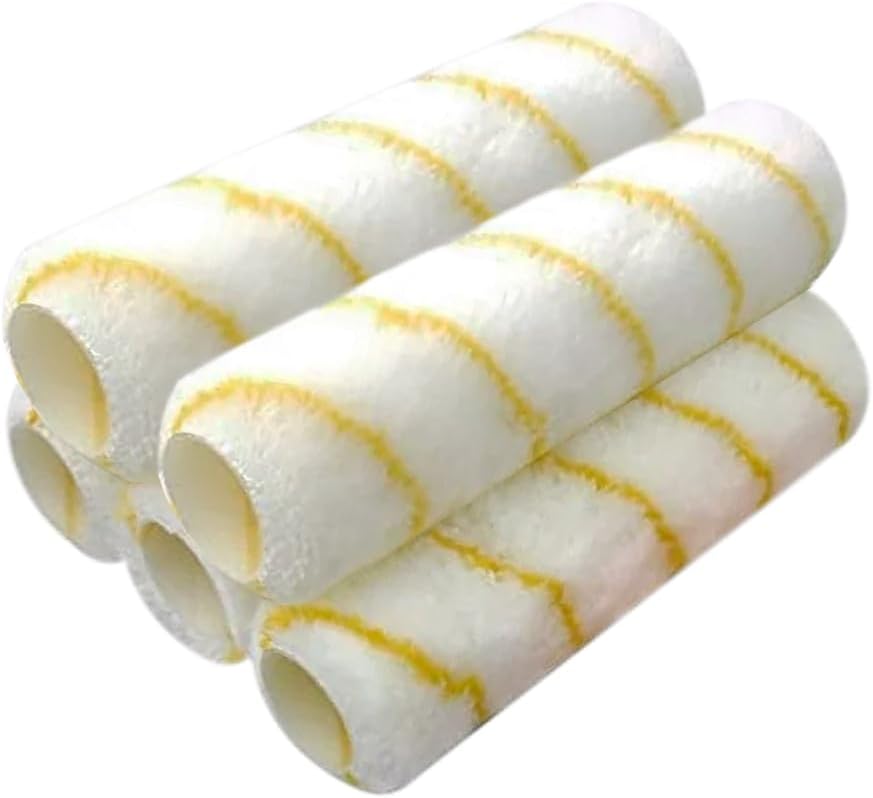
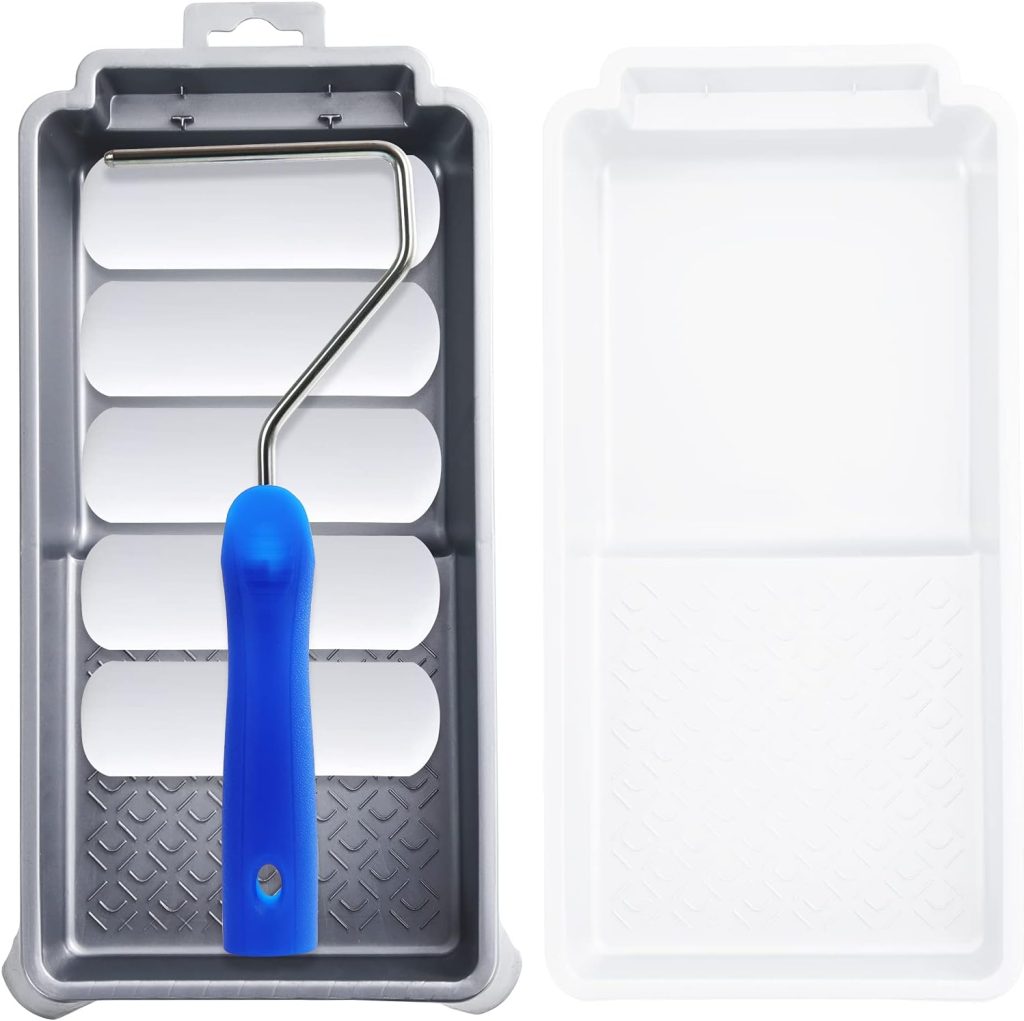
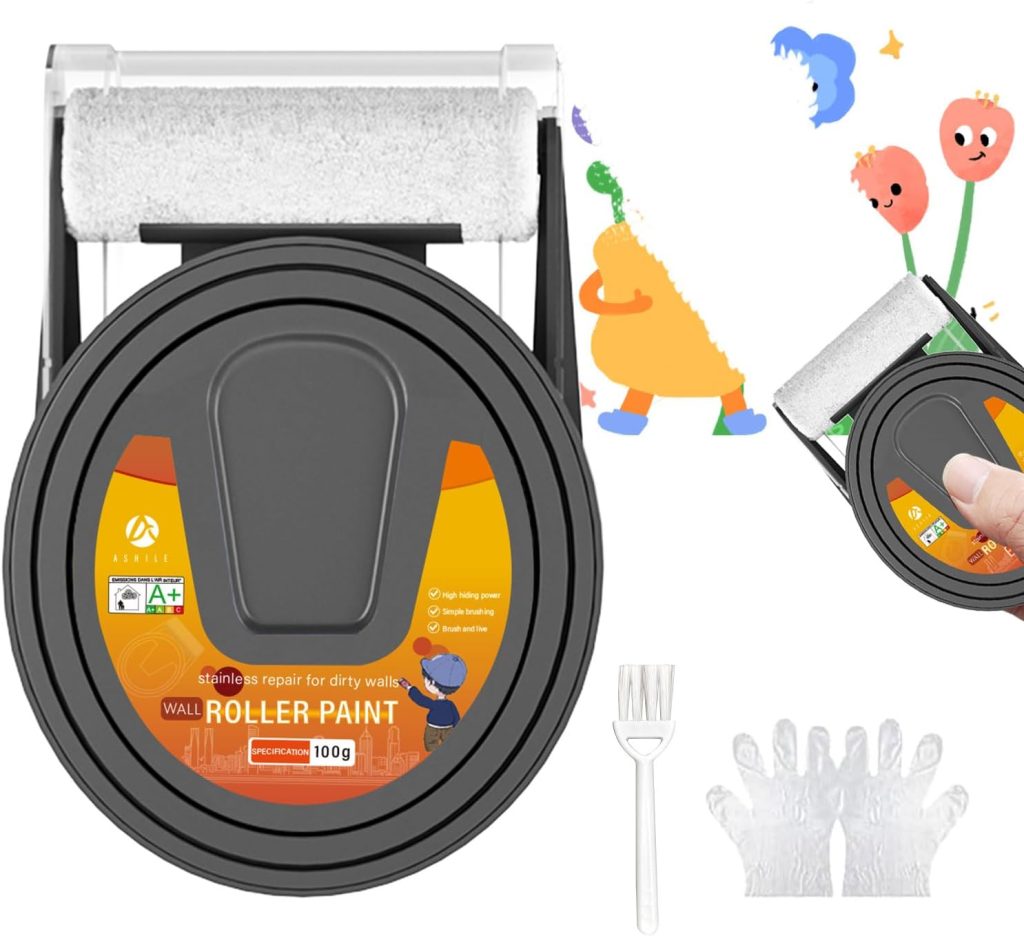
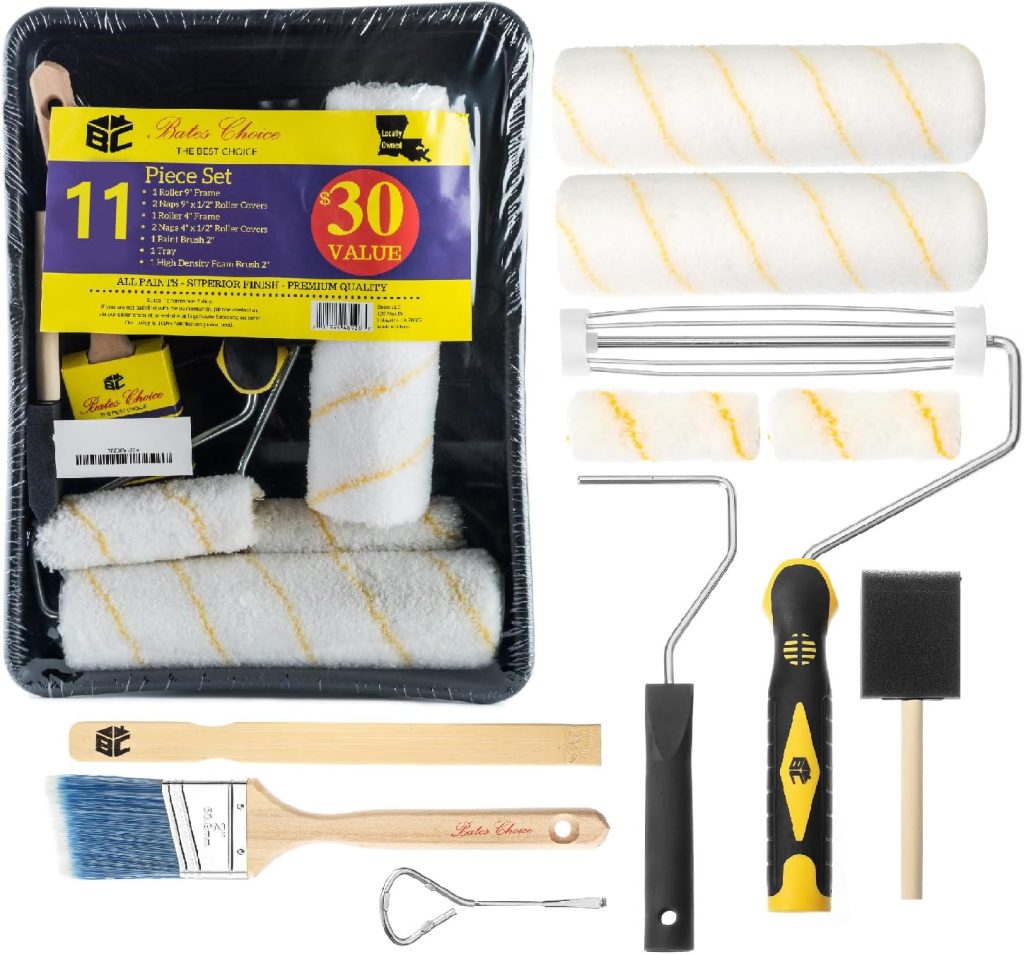
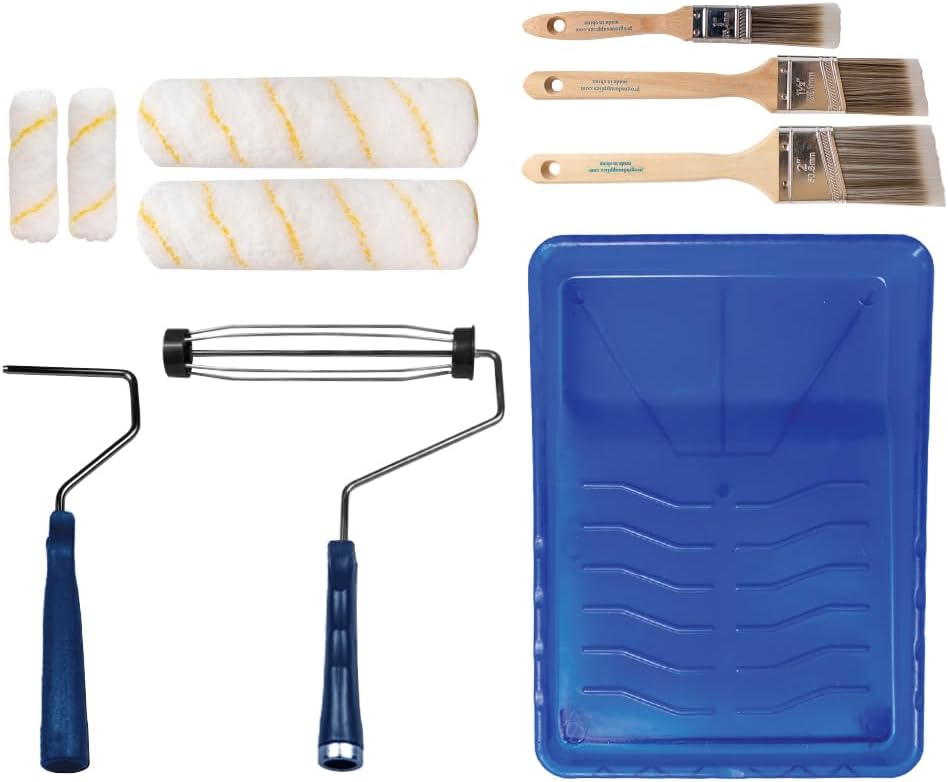
The Ultimate Guide to Paint Roller Size – Choosing the Right Roller for Your Project
Painting is one of the most rewarding and transformative home improvement tasks you can undertake. Whether you’re refreshing a single room or revamping the entire house, a fresh coat of paint can breathe new life into your space. However, to achieve a professional-looking finish, it’s crucial to use the right tools. One of the most important tools in the painting process is the paint roller.
Paint rollers are available in various sizes, materials, and types, and choosing the right one can make all the difference in how smoothly your project goes. In this ultimate guide, we’ll delve deep into the world of paint roller sizes, their uses, and how to select the best one for your specific painting task. By the end of this article, you’ll be well-equipped to tackle any painting job with the right roller, ensuring a high-quality and efficient result.
Understanding the Basics of Paint Rollers
Before diving into the specifics of roller sizes, it’s essential to understand the basic components of a paint roller. A typical paint roller consists of two main parts:
- The Roller Frame: This is the handle and the mechanism that holds the roller cover. Roller frames come in different sizes and materials, which can affect the overall ease of use and durability.
- The Roller Cover: The cover is the cylindrical sleeve that you wrap around the roller frame. This is the part that actually comes into contact with the paint and the surface being painted.
Roller covers come in various materials like nylon, polyester, or lambswool, and the material you choose will depend on the surface you’re painting and the finish you desire. However, the focus of this article will primarily be on the size of the roller, as it plays a significant role in the efficiency and finish of your painting project.
Why Does Roller Size Matter?
Selecting the right paint roller size can have a significant impact on your project. Using the wrong size can make the job take longer, lead to uneven coverage, or result in an unsatisfactory finish. Here are the main factors to consider:
- Surface Area: The size of the roller should be chosen based on the size of the area you’re painting. Larger rollers are typically used for larger surfaces like walls, while smaller rollers are better suited for trim, edges, and smaller areas.
- Paint Coverage: Larger rollers can cover more area, but they may also create more mess if not used properly. Smaller rollers are better for precision work, especially when you need to paint narrow or intricate areas.
- Finish Quality: The size of the roller can also influence the texture and finish of your paint job. Larger rollers tend to leave more texture, while smaller rollers can provide a smoother finish.
- Efficiency: The right size roller can make the job go faster. A larger roller allows you to cover more area in less time, but you’ll need more precision with smaller rollers for detailed work.
- Paint Type: The type of paint you’re using (e.g., latex, oil-based, or textured paint) may also influence the roller size you choose. Some paints may work better with a specific roller type or size for optimal application.
Roller Size Chart
| Surface Type | Nap Length | Roller Size | Usage |
|---|---|---|---|
| Smooth, Flat Surfaces (Drywall, Plaster, Smooth Wood) | 1/8″ – 1/4″ | 7-9 inches | Ideal for getting a smooth, even finish on non-textured surfaces. |
| Lightly Textured Surfaces | 3/8″ – 1/2″ | 7-9 inches | Provides a medium texture and works well on lightly textured walls. |
| Rough or Textured Surfaces (Brick, Concrete, Stucco) | 3/4″ – 1 1/4″ | 9-18 inches | Ideal for thicker paint applications on rough or highly textured surfaces. |
| Trim, Doors, Tight Spaces | 1/4″ – 3/8″ | 4-6 inches | Perfect for getting into smaller areas with a smooth finish. |
Common Paint Roller Sizes and Their Uses
When choosing the right roller for your painting job, understanding the common paint roller sizes and their specific uses is essential. Below is a breakdown of the most popular roller sizes and what they’re best suited for:
1. 1-inch to 2-inch Roller (Small)
- Ideal for: Trim, edges, corners, and small detail work.
- Recommended for: Painting baseboards, window sills, door frames, or any areas that require precision.
- Pros: Offers excellent control, making it perfect for areas that need a fine finish or where large rollers can’t reach.
- Cons: Not suitable for large surfaces, as it requires more time and effort to cover a broad area.
These small rollers are typically used for detailed work, such as cutting in around edges, corners, or along trim. They are great for painting smaller areas where larger rollers may not be effective. These rollers are also useful for touch-ups and fine work on narrow or intricate areas.
2. 3-inch to 4-inch Roller (Mini)
- Ideal for: Smaller rooms, accent walls, and touch-ups.
- Recommended for: Painting narrow surfaces such as door panels, kitchen cabinets, and other areas that require more precise control.
- Pros: Offers a great balance of coverage and control, ideal for smaller walls or rooms that don’t require a large roller.
- Cons: Can take longer to cover large areas compared to a standard roller.
Mini rollers are great for medium-sized walls and tight spaces where precision is important. They also work well for touch-ups or areas where a larger roller might get too messy. These rollers can fit into smaller gaps, such as those behind furniture or radiators, that a larger roller would miss.
3. 6-inch to 9-inch Roller (Standard)
- Ideal for: Most wall and ceiling applications.
- Recommended for: Painting regular-sized walls, ceilings, and wide surfaces.
- Pros: Offers a perfect balance between coverage and precision. It’s the most versatile size for residential projects.
- Cons: May not be ideal for trim work or narrow spaces.
The 6-inch to 9-inch rollers are the most commonly used for general wall and ceiling applications. These sizes are suitable for most home painting projects, providing good coverage while also allowing for some precision around edges and corners. They are the best option for mid-sized surfaces.
4. 12-inch Roller (Large)
- Ideal for: Large wall spaces, ceilings, and expansive surfaces.
- Recommended for: High-ceiling rooms, large walls, or exterior painting jobs.
- Pros: Fast coverage, ideal for large, open areas.
- Cons: Harder to control, and may cause more mess when working on detailed areas.
If you’re working on a large wall or high ceiling, a 12-inch roller can save you time and energy. These rollers are designed for big projects where speed and efficiency are important. However, because of their larger size, they are less suitable for precision work, making them better for general coverage on large surfaces.
5. 18-inch Roller (Extra Large)
- Ideal for: Commercial or industrial painting projects.
- Recommended for: Large walls, factory floors, or exterior walls.
- Pros: Maximizes speed and coverage, making it ideal for very large surfaces.
- Cons: Less control, not ideal for residential use, and can create more mess.
18-inch rollers are best suited for commercial applications or industrial jobs where efficiency and speed are more important than fine detail. They can be used on large walls and exterior surfaces, such as buildings, garages, or factories.
Choosing the Right Roller Nap (Pile Length)
Along with size, the nap (or pile length) of the roller cover is another essential factor to consider. Nap refers to the length of the fibers on the roller cover, and it affects the texture and finish of your paint job.
- Short Nap (1/8” to 1/4”): Best for smooth surfaces like drywall, metal, and plaster.
- Medium Nap (3/8” to 1/2”): Ideal for slightly textured surfaces such as painted walls or concrete.
- Long Nap (3/4” to 1”): Used for rough surfaces like stucco, brick, and textured drywall.
Selecting the right nap length ensures that you get the right amount of paint coverage without excessive texture. For example, if you’re painting smooth walls, a short nap roller will provide a sleek, even finish. For rougher surfaces, you would need a longer nap to help the paint fill in the texture.
Factors to Consider When Choosing a Paint Roller Size
Now that you’re familiar with the various roller sizes, here are some key factors to consider when selecting the right one for your painting project:
- Size of the Area: The larger the surface, the larger the roller size you’ll need. For small trim and detail work, smaller rollers are more appropriate, while larger rollers are better for big surfaces like walls and ceilings.
- Surface Texture: If you’re painting a smooth surface, you can use a roller with a short nap. For rough or textured surfaces, a long nap roller will help you apply paint evenly and ensure full coverage.
- Speed vs. Precision: Larger rollers cover more area quickly, but they are harder to control. Smaller rollers provide more precision but require more time to cover a large area.
- Paint Type: Some paints, especially textured or thicker paints, may require a larger roller or a specific nap length to apply smoothly and evenly.
- User Comfort: Larger rollers may require more effort to control, especially for individuals who don’t have much experience painting. Consider the comfort of using the roller, especially for long or intricate jobs.
Final Thoughts
Choosing the right paint roller size is crucial to achieving the best possible result for your painting project. Whether you’re painting a small trim or a vast wall, selecting the appropriate roller ensures that you work efficiently, get the desired finish, and save time. By understanding the different roller sizes and their ideal applications, you’ll be able to choose the right tool for the job and make your painting experience a breeze.
Happy painting!
